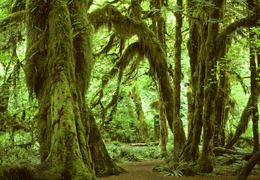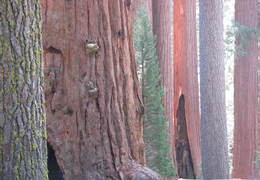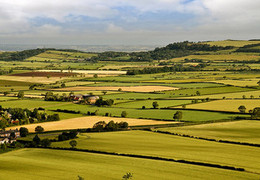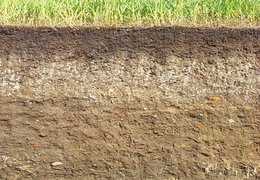Soil Organic Carbon Stock
- /ecoregions/
Now Showing: 2006
Summary
Soil organic carbon (SOC) is the carbon held within soil organic constituents (i.e., products produced as dead plants and animals decompose and the soil microbial biomass). Only SOC in the top 20-cm soil layer was reported in this assessment. For the western United States, average soil carbon stock during the baseline period (2001 – 2005) was estimated to be between 4778-5,919 Tg C, which included 2242- 2613, 2034-2531, 452-556 Tg C for forest, shrub/grass lands, and agricultural land, respectively. Assessment indicates that for the scenario period (2006-2050), SOC will increase by about 44%, ranging from 4682-8575 TgC considering different scenarios of LULCC, climate, and models.
Suggested Citation
Zhu, Zhiliang, ed., Bergamaschi, Brian, Bernknopf, Richard, Clow, David, Dye, Dennis, Faulkner, Stephen, Forney, William, Gleason, Robert, Hawbaker, Todd, Liu, Jinxun, Liu, Shuguang, Prisley, Stephen, Reed, Bradley, Reeves, Matthew, Rollins, Matthew, Sleeter, Benjamin, Sohl, Terry, Stackpoole, Sarah, Stehman, Stephen, Striegl, Robert, Wein, Anne, and Zhu, Zhiliang, 2010, A method for assessing carbon stocks, carbon sequestration, and greenhouse-gas fluxes in ecosystems of the United States under present conditions and future scenarios: U.S. Geological Survey Scientific Investigations Report 2010–5233, 188 p. (Available from USGS).
Methods
The temporal and spatial dynamics of SOC were estimated using the USGS General Ensemble Biogeochemical Modeling System (GEMS), which involved three models (Paint-By-Number (PBN) model, CENTURY, and EDCM), under three land use and land cover change (LULCC) scenarios developed in accordance with storylines A1B, A2, or B1 from the Intergovernmental Panel on Climate Change Special Report on Emissions Scenarios (IPCC–SRES) and climate-change projections by three general circulation models (GCMs). Soil organic carbon was initialized using data from the Soil Survey Geographic Database (SSURGO). SOC dynamics in five pools (i.e., structural, metabolic, fast, slow, and passive) were simulated considering LULCC, disturbances, and climate conditions. PBN does not track SOC change over time.









